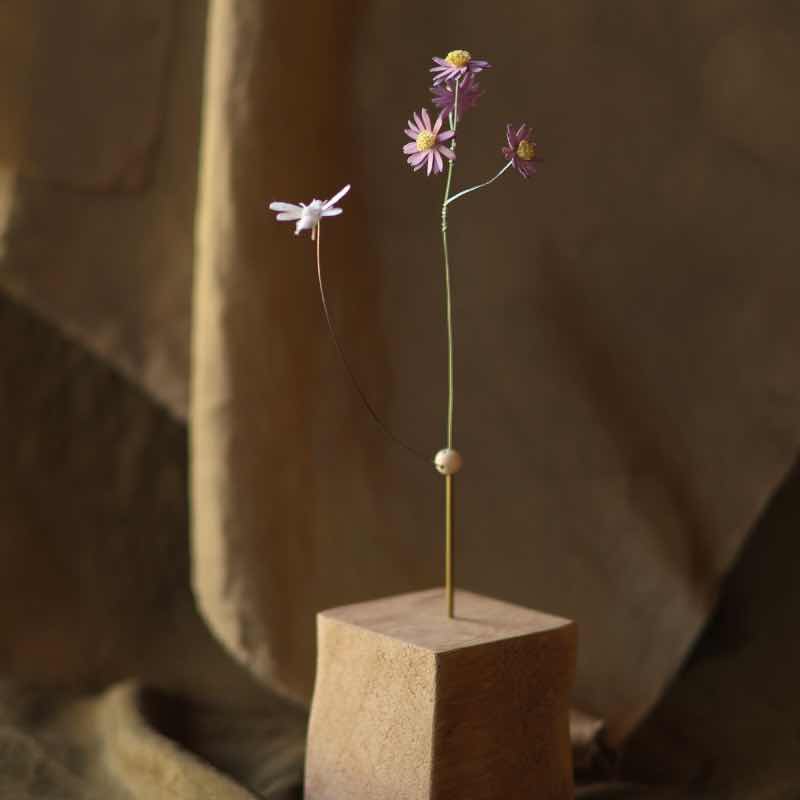
Spanish Artist Recreates Three Of The Most Famous Roman Emperors Through His Realistic Sculptures
Most of us have probably read about the various Roman emperors throughout history or seen their marble busts in museums. But have you ever wondered how they looked in real life? Well, one Spanish sculptor certainly has.
This artist decided to put a face to the name – literally – by meticulously recreating the busts of famous Roman emperors into hyperrealistic sculptures in a project called Cesares de Roma. He chose three emperors for the project – Caesar, Augustus, and Nero. “Césares de Roma aims to be a didactic reference in terms of new ways of spreading classical culture based on emotional learning. Julio Caesar will be the starting character of this unique exhibition in the world, which will teleport the visitor to classical Rome [as it progresses] from the final stages of the Roman Republic to the decline of the Julio-Claudia dynasty,” says the artist.
Check out the incredibly detailed sculptures in the gallery below!
More info: cesaresderoma.com | Facebook | h/t: Bored Panda
Julio Caesar, the last Roman Dictator

Image credits: Césares de Roma
Julius Caesar is probably the most widely recognized Roman emperor. He was a military general, a historian, and a ruthless dictator in the Greco-Roman world. Sadly, he played a significant role in the events that eventually led to the demise and fall of the Roman Republic.

Image credits: Césares de Roma
Julius Caesar was assassinated on the 15th of March 44 BC after many Roman senators conspired against him. He was stabbed 23 times. His death marked the end of the Roman Republic – something neither of the conspirators anticipated.

Image credits: Césares de Roma
Octavian Augustus, the first Roman emperor

Image credits: Césares de Roma
Augustus, the first emperor to rule the Roman Empire, rose to power after his great-uncle, Julius Caesar, was assassinated. He remained in control from 27 BC until his death in AD 14. His ruling period was nicknamed ‘Pax Romana’ and is known as the most peaceful period of the empire.

Image credits: Césares de Roma
Many people acknowledged Augustus’ administrative genius. During his rule, he transformed the crumbling republic into a new, flourishing empire.

Image credits: Césares de Roma
In 8 BC, the month originally known as Sextilis was renamed in his honor.

Image credits: Césares de Roma
Nero, the notoriously cruel emperor

Image credits: Césares de Roma
Nero was the fifth Roman emperor. He was known for his tyranny and extravagance. As soon as he saw that he could do whatever he liked without any retribution, his inordinate artistic pretensions began: he was a poet, charioteer, lyre player and loved giving people public performances. Although this was not taken well by the general public.

Image credits: Césares de Roma
Some say that it was Nero that started the Great Fire of Rome, a disaster that devastated the city on 18th July, 64 AD. The emperor saw the fire as a perfect opportunity to rebuild Rome in Greek style and his planned palace would have, if finished, covered about a third of the city.

Image credits: Césares de Roma
Nero tried to shift the blame for the fire on the Christians, which eventually led to their ruthless persecution and earned the emperor the nickname of “Antichrist”.
Nero’s death eventually ended the Julio-Claudian dynasty rule that lasted for almost 100 years.

Image credits: Césares de Roma
Source of information about ancient Rome’s rulers: Britannica.com











Got wisdom to pour?